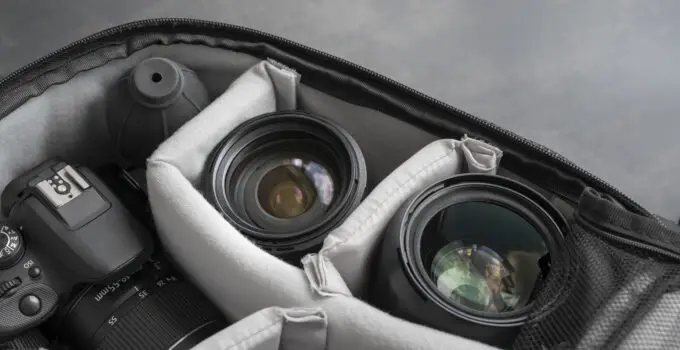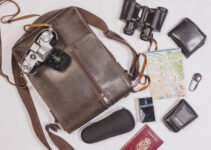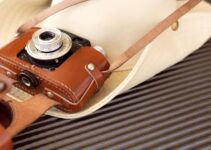How are camera bags constructed? Have you ever wondered what goes into making the perfect camera bag to protect your valuable gear?
The construction of a camera bag involves meticulous design and careful selection of materials to ensure both functionality and durability.
Camera bags are constructed with padded compartments, weather-resistant fabrics, and sturdy zippers. These elements work together to provide protection, organization, and easy access to your equipment.
High-quality camera bags also feature adjustable dividers and ergonomic designs for comfort during transport.
But what sets the best camera bags apart from the rest? In this article, we’ll delve into the details of camera bag construction, exploring the materials, craftsmanship, and innovations that make these essential accessories indispensable for photographers.
Let’s uncover the secrets behind the perfect camera bag.
How are camera bags constructed?
Camera bags are meticulously constructed to balance protection, organization, and durability.
Using durable, weather-resistant materials like nylon or polyester for the exterior and soft, padded fabrics for the interior, they ensure the safety of delicate equipment.

Customizable, padded dividers provide tailored organization, while heavy-duty zippers and reinforced stitching enhance security and longevity.
The inclusion of ergonomic, padded straps and handles ensures comfortable carrying. Advanced features like weatherproofing and modular compartments further cater to diverse needs.
Here how to make your own camera bag?
Overall, camera bags are thoughtfully designed to offer photographers optimal functionality and protection for their valuable gear in various conditions.
Is it important to know how to construct a camera bag?
Knowing how to construct a camera bag is valuable, especially for those seeking customized solutions or aiming to enter the photography accessory market.
Understanding the construction process enables you to select the right materials and design features that meet specific needs, such as enhanced protection, better organization, or improved comfort.
This knowledge can help in assessing the quality and durability of commercially available bags, ensuring that they provide adequate protection for expensive and delicate equipment.
For DIY enthusiasts or small business owners, the ability to construct camera bags opens opportunities for creating personalized, unique designs that cater to niche markets.
Additionally, knowledge of construction techniques can assist in repairing or modifying existing bags, extending their lifespan and functionality.
Here, how to make a padded camera bag?
Overall, while not essential for all photographers, understanding camera bag construction can significantly benefit those looking to optimize their gear’s protection and accessibility.
Is it worth to know how to construct a camera bag?
Knowing how to construct a camera bag can be worthwhile, particularly for photographers and entrepreneurs.
For photographers, this knowledge allows customization of bags to meet specific needs, such as particular gear layouts, enhanced protection, or unique features not available in commercial products.
It also aids in evaluating and repairing existing bags, potentially saving money and extending the life of their gear.
For entrepreneurs or DIY enthusiasts, understanding camera bag construction opens up opportunities for creating and selling bespoke, high-quality camera bags.
This can cater to niche markets, offering tailored solutions that stand out from mass-produced options.
Additionally, it fosters innovation in design and functionality, potentially leading to the development of new products.
Here, how to make a padded camera bag?
While not essential for everyone, the skills and insights gained from understanding camera bag construction can provide significant benefits in terms of customization, cost savings, and business opportunities, making it a valuable area of knowledge for those with a vested interest.
9 steps to Construct a camera bag
5 methods to construct a camera bag
5 benefits of construct your camera bag
Related faq’s
Conclusion:
Camera bags are meticulously constructed to balance protection, organization, and durability.
Using durable, weather-resistant materials like nylon or polyester for the exterior and soft, padded fabrics for the interior, they ensure the safety of delicate equipment.
Customizable, padded dividers provide tailored organization, while heavy-duty zippers and reinforced stitching enhance security and longevity.
The inclusion of ergonomic, padded straps and handles ensures comfortable carrying. Advanced features like weatherproofing and modular compartments further cater to diverse needs.
Overall, camera bags are thoughtfully designed to offer photographers optimal functionality and protection for their valuable gear in various conditions.









